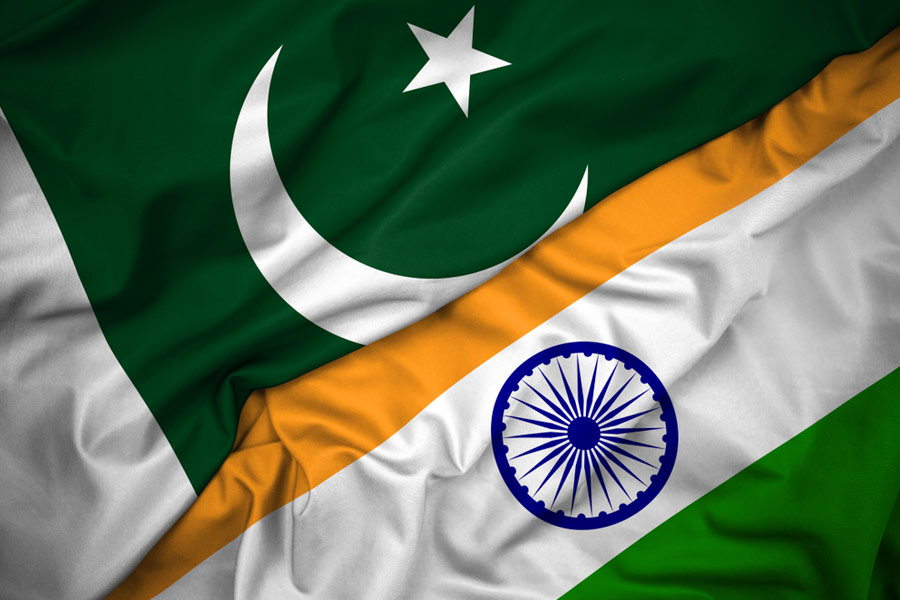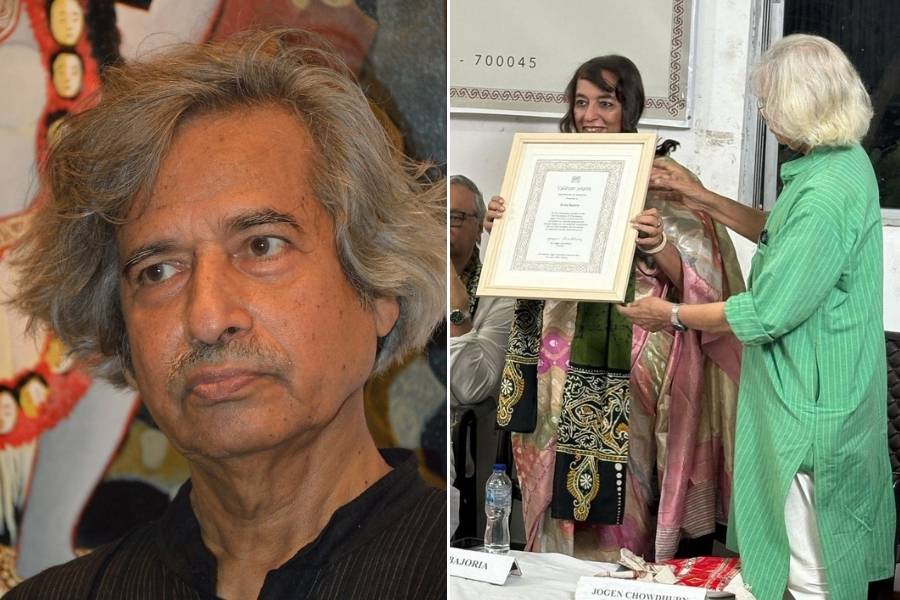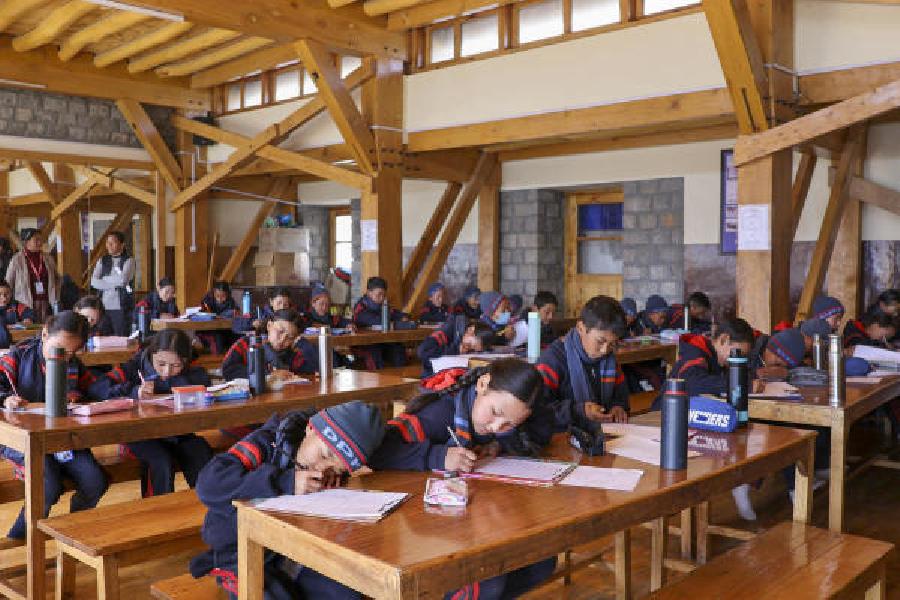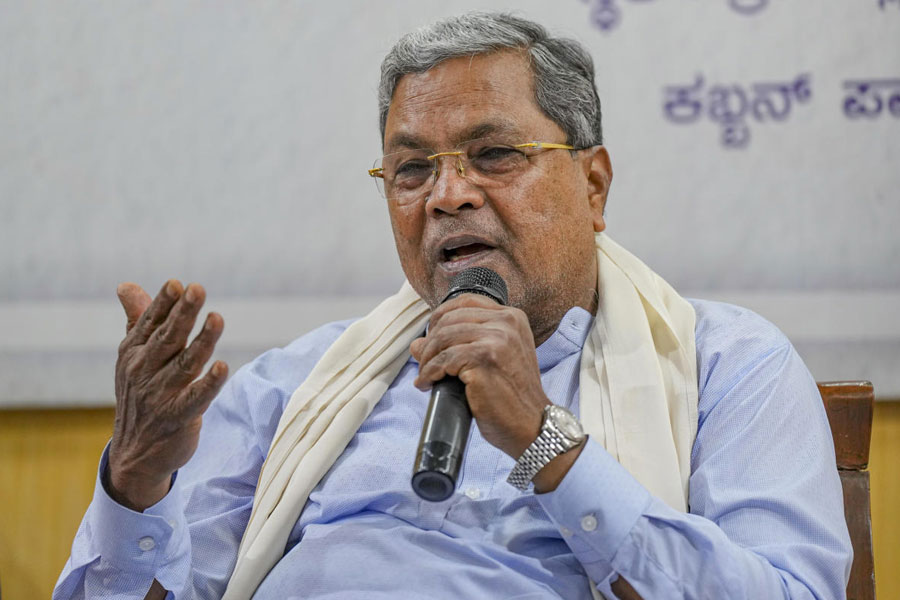National Mime Institute

At: CK 7
Affiliation: Autonomous
Courses (to begin in July)
• One-year post graduate diploma in Bharatiya mukhabhinaya (Indian pantomime)
• Three-month under-graduate certificate in Bharatiya mukhabhinaya
• Three-month certificate in Bharatiya mukhabhinaya for the hearing impaired
• Workshops for children on mime, mimicry, mask-making, theatre etc during school holidays
Contact: 9433327657, 9432050642
A mime institute has come up in CK Block that the management claims is the first of its kind in the country. The residential institute would house up to 50 students and teach them “Indian mime” in a gurukul-like format. Classes would commence from July.
National Mime Institute was inaugurated on March 25 at CK 7 near Tank 9 petrol pump amid beats of the dhol, blowing of the conchshell and cheers by mime artistes from around the country.
“Today our lifelong dream comes true. We finally have an institute to train students specifically in Bharatiya mukhabhinay,” said Niranjan Goswami, a Padmashree-winning mime artiste and secretary of Indian Mime Theatre that has started the institute.
The group was at the time hosting a national-level mime festival at EZCC and so participants from states as far as Maharashtra and Manipur were all present. Many well-wishers, patrons and theatre performers had also come. There were Suresh Dutta, director of Calcutta Puppet Theatre, and Pratibha Agarwal, director of the EE Block-based Natya Sodh Sansthan. Eminent mime artiste Jogesh Dutta could not attend but had sent a letter of congratulations.

Two decades of struggle
“We got the five cottah plot to build this institute some 20 years back and the first chairman of the erstwhile Bidhannagar Municipality Dilip Gupta had laid our foundation stone. Thereafter we struggled to raise funds to build it,” said Chanchal Dasgupta, mime artiste and treasurer of Indian Mime Theatre. “We received financial help from MPs and patrons, did ticketed shows and Niranjan and I took personal loans too. It cost around Rs 65 lakh to build it and there is still some furnishing left.”
The ground floor of the building has two office rooms and a large hall for classes and workshops. The first floor is an auditorium with spectator space for 200 both on ground level and the balcony. This is where the inauguration ceremony was held.
On the second floor is the hostel where up to 50 students can stay. “Students, artistes and researchers can come from around the world and stay here,” said Goswami. They also have a kitchen where food would be prepared for boarders.
Set to take off
At the mention of the word mime, most people think of a silent actor in a black catsuit with his face painted white. “This is European mime. Indian mime is different. It involves colourful costumes, music, play of lights and often revolves around folk culture,” said Dasgupta. “And there is no other institute in India that teaches this on a diploma level. Jogesh Mime Academy teaches this but for a few hours a day, twice a week. We wanted to give students the scope of living in an environment that revolves around mime all day. It will be like a gurukul.”
There will be one-year diploma post graduate courses, three-month certificates for under graduate and hearing-impaired students as well as children’s workshops. “Previously we would hold kids’ workshops in mime, mimicry, mask-making, theatre etc. during school holidays but had to stop a couple of years ago as we didn’t have space. Now we shall revive them,” said Dasgupta, although adding that it would not be possible to start workshops from the April 2016 holidays.
Since the course would be on Indian mime, the backbone of the syllabus would be based on Natya Shastra, the treatise on theatre, dance and music by the ancient sage Bharat. The six limbs of Indian art, known as sarang, would be studied in the context of performing arts and yoga would be taught to keep the mime artists fit and agile.
“We shall have a huge library on theatre and shall form a federation of mime artistes from around the country. They would all help create the course structure. Workshops, festivals and seminars would be abundant,” said Goswami. Though the fee structure has not been decided, Dasgupta said they may even train needy talented students for free.
“This institute is a revolution for the mime fraternity,” said Irshad Alam Khubi, an artiste who had come from Delhi. “Some years ago, I myself was a good-for-nothing roaming the streets of Delhi but Dada (Goswami) spotted me, taught me and changed my life. Now I teach mime to streetchildren and channelise their energy positively. This institute would similarly benefit many youths.”










